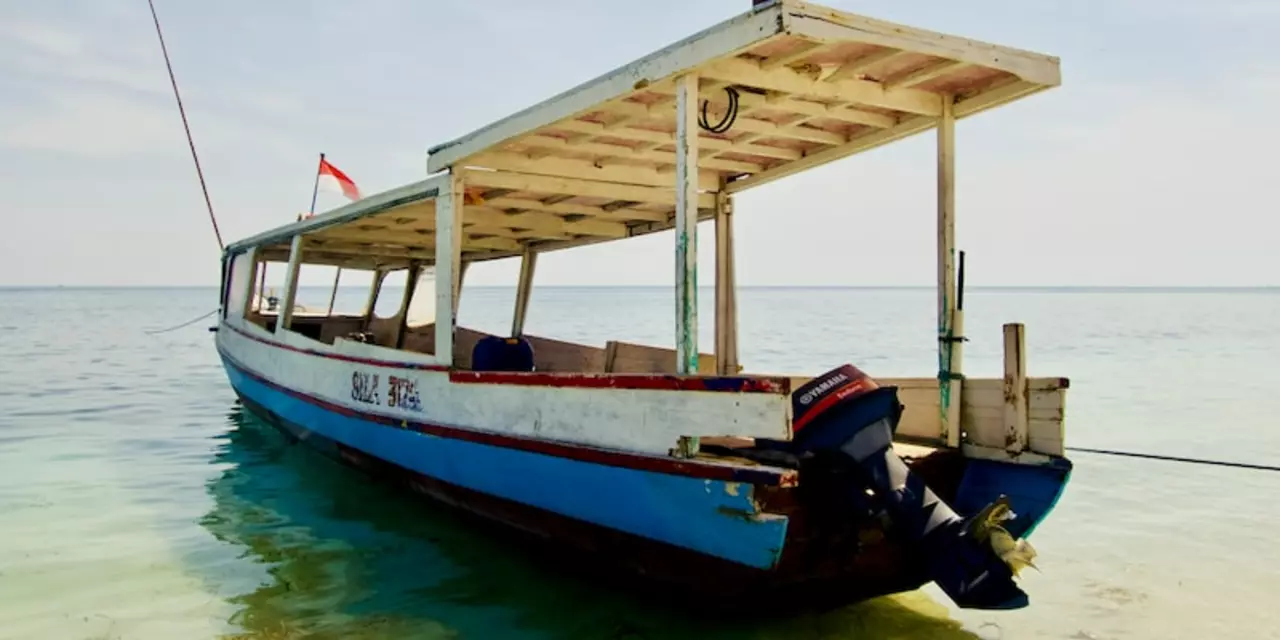Bad Weather in India – Risks, Real Stories & Practical Tips
When the skies open up and the wind picks up, life in India can change in minutes. Whether it’s a sudden downpour in Kerala, a dust storm in Rajasthan, or heavy fog on a runway, bad weather touches everything from daily commutes to big‑ticket flights. This page gathers the most useful articles that explain what goes wrong, how people react, and what you can do to stay safe when Mother Nature turns rough.
Recent Bad Weather Events
One of the most talked‑about incidents was the Air India crash at Calicut. Investigators traced the accident to poor visibility, slick runway conditions and a heavy rainstorm that hit the tabletop airport. The report highlighted how quickly rain can turn a normal landing into a dangerous gamble. Similar weather‑related disruptions happen every monsoon season: floods close highways, landslides block mountain passes, and sudden thunderstorms ground trains. The stories on this tag capture those moments, showing the human side of weather‑induced chaos.
Another common scenario is the flooding in low‑lying cities like Chennai and Hyderabad. When the monsoon rains exceed the capacity of drainage systems, streets become rivers, electricity goes out, and schools shut. Our articles break down what the government does, how local volunteers help, and which neighborhoods are most vulnerable. By reading these pieces you’ll get a clear picture of how weather events ripple through communities.
How to Stay Safe When Weather Turns Bad
First, keep an eye on reliable forecasts. The India Meteorological Department offers alerts for heavy rain, cyclones and extreme heat. Sign up for SMS or app notifications so you get a heads‑up before you step outside. Second, plan alternate routes. If you live near a flood‑prone road, know a higher‑ground shortcut or a public‑transport option that isn’t affected by waterlogging.
If you’re traveling by air, arrive at the airport early during the monsoon months. Bad weather can cause sudden delays, and some airports—like the one in Calicut—have shorter runways that become risky when wet. Follow airline updates, and if possible, book flexible tickets that let you change flights without hefty fees.
At home, protect valuables from water damage by moving them off the floor and using sandbags if a storm surge is expected. Keep an emergency kit with flashlights, batteries, basic medicines and enough drinking water for at least three days. Power outages are common during storms, so a portable charger can be a lifesaver for your phone.
Lastly, stay calm and help others if you can. Neighbors often need a hand clearing debris or sharing a generator. Community spirit reduces panic and speeds up recovery after a weather event.
Bad weather will always be part of life in India, but the right information and a few simple habits can make a huge difference. Browse the articles under this tag to learn more about real incidents, find detailed safety checklists, and get a better sense of how to protect yourself and your loved ones when the clouds gather.
There have been several mid-air plane collisions in the past, mostly caused by human error, bad weather, and communication problems. The most devastating mid-air plane collision occurred in 1985, when two Boeing 747s collided in the air over the island of Tenerife, killing 583 people. Mid-air plane collisions are rare, however, due to safety regulations and technology advancements.
